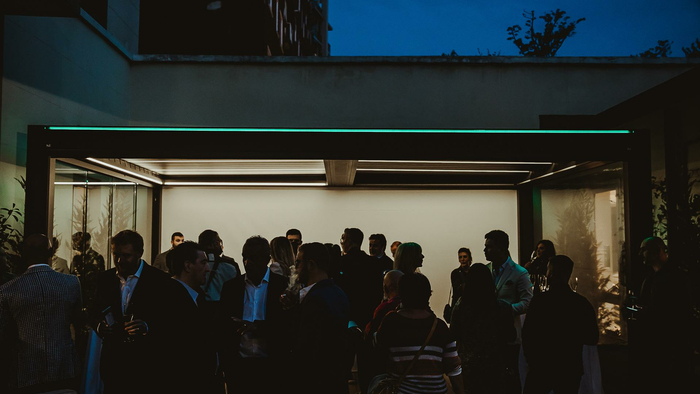Dirty Sand Project
Incineration of household waste is applied worldwide. The waste is burned in an incinerator at about 1000 degrees Celsius. In the Netherlands, the heat of the incineration plant is used to generate power. However, the method of incineration produces a new waste stream, a leftover residue that remains on the bottom of the incineration plant. This residue is called bottom ash. The supply of bottom ash continues to increase every day because there aren’t many practical/esthetical applications yet, and so the value of the bottom ash residue is balanced against the transportation costs. This project shows the potential of the leftover residue generated from the incineration of household waste.
Fraction
We only work with the finest fraction (0-2mm), comparable in size to the grain of sand. This is the most worthless fraction because it is too fine for big-scale productions like concrete manufacturing, lowing the quality of the concrete. Because bottom ash holds different types of materials (glass, ceramic, metal, slag, etc.), this small fraction is also very hard to separate, and so it becomes the most expensive fraction to process.
Bottom ash glass
The research to use leftover residue resulted in a new glass-like material made from 80% bottom ash. This bottom ash glass has the same characteristics as other existing glass types being fully reusable, transforming this end-of-lifecycle waste stream into a fully circular material.
Interior tiles
The series includes two different interior tiles manufactured from black bottom ash glass and white porcelain mixed with bottom ash. The black tiles contain 80% bottom ash, the porcelain tiles contain 35% bottom ash. This means that if you'd decorate at least 3m2 with these interior tiles, you have recycled your own household waste for an entire year.
Glassblowing
The bottom ash glass is extremely strong and could also be used for other applications like exterior purposes and building constructions, or everyday objects like tableware. To show the potential of bottom ash glass we collaborated with Gert Bullée from the National Glass Museum in Leerdam NL, to discover new fields of production.
Link





















































































